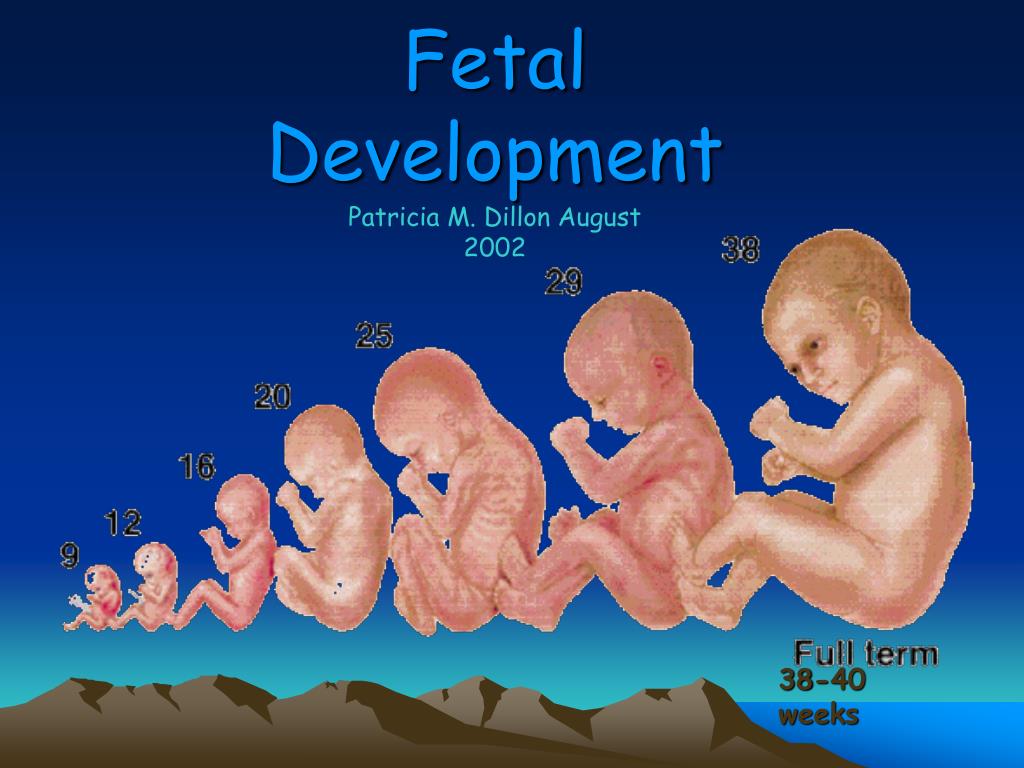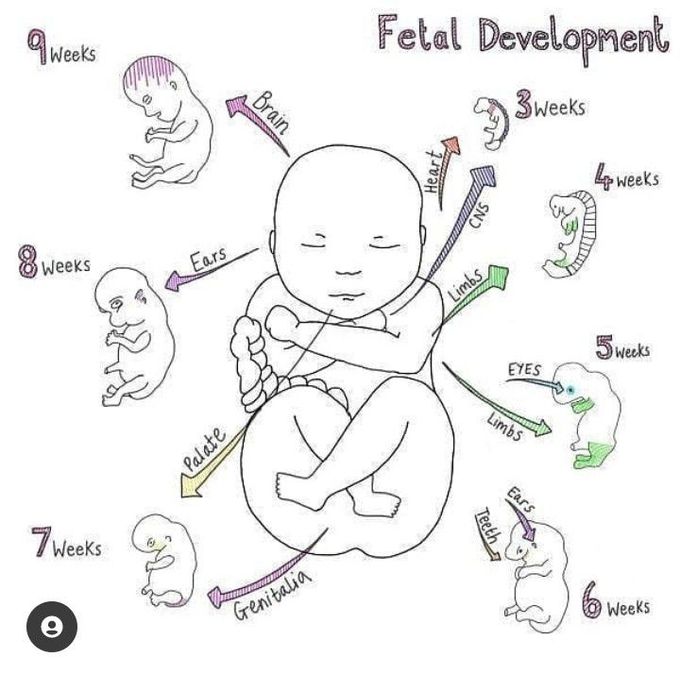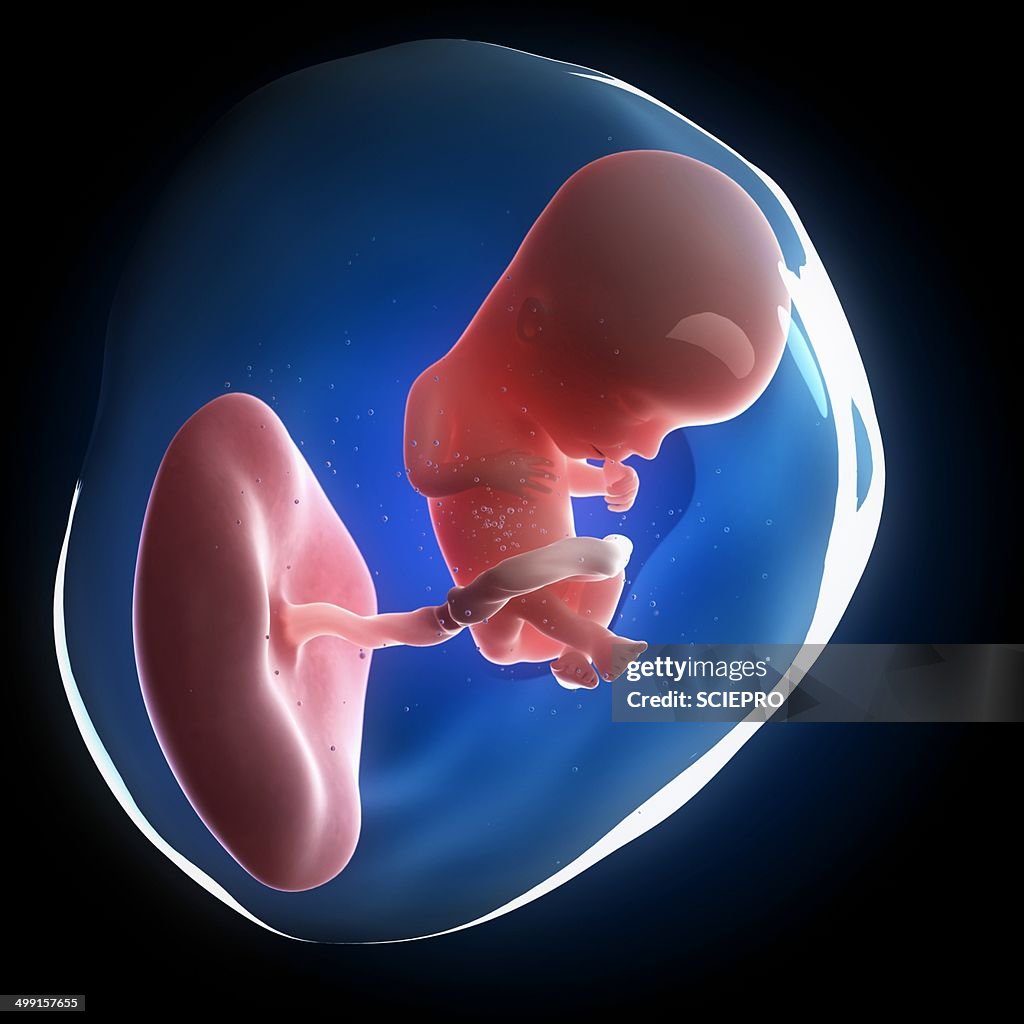Fetal Development Biology Diagrams maternal diabetes can affect fetal pancreas development (increase in fetal islet beta cells). Gonadal Hormones testosterone - required during fetal development for external genital development and internal genital tract in male. estrogens - secreted inactive precursor converted to active form by placenta.

27.2 Development of Sexual Anatomy. 27.3 Physiology of the Female Sexual System. 27.4 Physiology of the Male Sexual System. 27.5 Physiology of Arousal and Orgasm. (This is a temporary responsibility of the embryonic liver that the bone marrow will assume during fetal development.) During weeks 4-5, the eye pits form, limb buds become

Fetal development by week: Your baby in the womb Biology Diagrams
Pre-embryonic Stage. The pre-embryonic, or germinal, period, about 14 days in length, is the shortest stage and lasts from conception to implantation of the zygote (fertilized egg) in the lining of the uterus.During this stage cell division with no significant growth produces a cluster of small cells that is the same size as the original zygote.

Fetal development is how a fetus grows during pregnancy. It begins at conception and ends at birth. Many changes occur to the fetus and the pregnant person in this time. During this trimester, many people find out about the fetus's assigned sex. This is typically done during an anatomy scan (an ultrasound that checks physical development 24.4: Fetal Development As you will recall, a developing human is called a fetus from the ninth week of gestation until birth. This 30-week period of development is marked by continued cell growth and differentiation, which fully develop the structures and functions of the immature organ systems formed during the embryonic period.

Fetal Development Biology Diagrams
Figure 28.3.2 - Fetal Circulatory System: The fetal circulatory system includes three shunts to divert blood from undeveloped and partially functioning organs, as well as blood supply to and from the placenta. Other Organ Systems. During weeks 9-12 of fetal development, the brain continues to expand, the body elongates, and ossification This page shows some key events of human development during the fetal period (weeks 9 to 37) following fertilization. The long Fetal period (4x the embryonic period) is a time of extensive growth in size and mass as well as ongoing differentiation of organ systems established in the embryonic period. An atlas of topographical anatomy after During weeks 9-12 of fetal development, the brain continues to expand, the body elongates, and ossification continues. Fetal movements are frequent during this period, but are jerky and not well-controlled. The bone marrow begins to take over the process of erythrocyte production—a task that the liver performed during the embryonic period.
